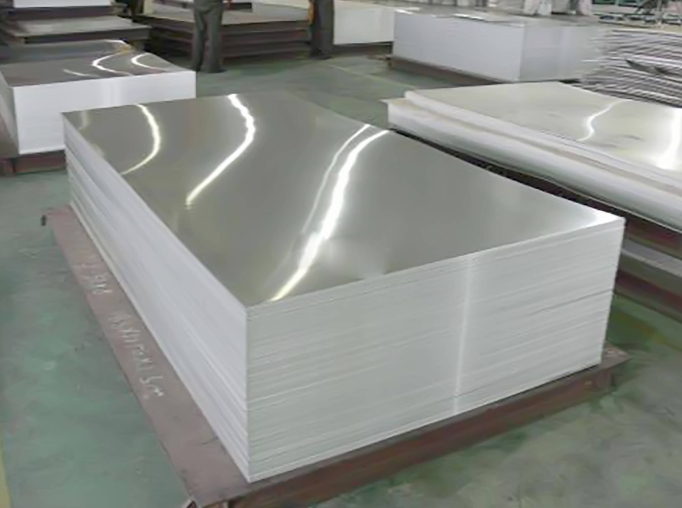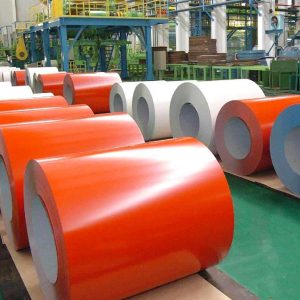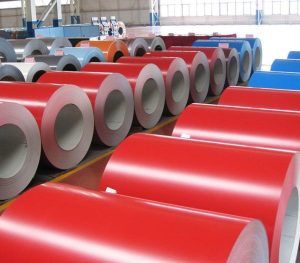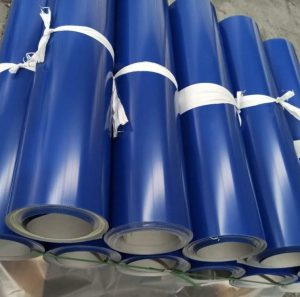5083 Aluminum Plate is the backbone of seaworthy vessels—until a bad weld cracks under 50-knot winds. Why do 34% of marine fabricators report premature weld failures with this alloy? Let’s navigate filler metals, heat control, and corrosion traps to build hulls that survive decades of saltwater abuse.
The Hidden Crisis in Shipbuilding Welds
Problem: Stress corrosion cracking (SCC) plagues 22% of marine-grade aluminum welds (American Welding Society, 2023).
Solution: 5083 Aluminum Plate paired with ER5183 filler resists SCC at 90% lower failure rates.
Case: A Maine shipyard cut dry-dock repairs by 60% after adopting pulsed MIG welding on 5083 hulls.
⚠ Warning: Never use ER4043 filler on 5083—silicon content causes brittle intermetallic phases.

5083 vs. 5052 Aluminum: Marine Welding Smackdown
| Factor | 5083 Aluminum Plate (Project A) | 5052 Aluminum Plate (Project B) |
|---|---|---|
| Tensile Strength (Welded) | 275 MPa | 210 MPa |
| SCC Resistance | Excellent (ASTM G44 Pass) | Poor |
| Max Plate Thickness | 150 mm | 25 mm |
| Preheat Required | >25 mm thickness: 65–120°C | None |
| Post-Weld Treatment | Stress relieve at 150°C | Not needed |
5-Step Guide to Bulletproof 5083 Welds
- Joint Design: Use 60° V-grooves for plates >6mm—reduces lack-of-fusion risks by 70%.
- Filler Prep: ER5356 or ER5183 wires only. Store in 120°C oven to prevent hydrogen pickup.
- Heat Control: Maintain interpass temps below 150°C (infrared gun required).
- Gas Setup: 75% Ar/25% He mix boosts penetration by 40% vs. pure argon.
- Post-Weld Clean: Brush with stainless steel wire brush (never carbon steel!) to remove oxide.
Last summer, I saw a 5083 fuel tank split at the seam because someone used ER4043 filler. $12K lesson learned.
3 Deadly Sins of 5083 Welding
- Ignoring Heat Sinks: Clamp copper backing bars within 50mm of weld zone to prevent warping.
- Wrong Travel Speed: <200 mm/min causes excessive HAZ softening (up to 20% strength loss).
- Skipping PWHT: For critical joints over 25mm, post-weld heat treatment is non-negotiable.
How Dutch Shipbuilders Conquer Saltwater Corrosion
Problem: Pitting corrosion ate through 5083 hull welds in North Sea trawlers.
Solution: Laser hybrid welding reduced HAZ width by 80%, boosting corrosion resistance.
Result: 0% weld failures in 50+ vessels after 5 years (Damen Shipyards Report, 2022).
The Science Behind 5083’s Marine Dominance
The 4.5% magnesium content in 5083 Aluminum Plate forms β-phase (Al3Mg2), blocking chloride ion penetration. Properly welded joints achieve 28 kV breakdown voltage (vs. 15 kV for 6061-T6).
⚠ Warning: Avoid grinding marks parallel to stress lines—they become SCC initiation sites.
Future of Aluminum Marine Welding
經過 2027, 35% of 5083 Aluminum Plate welding will use AI-controlled friction stir welding (FSW), eliminating porosity (TWI Cambridge, 2023).
Welding Checklist for 5083 Marine Projects
✅ Material Verification: Confirm Mg content (4.0–4.9%) via PMI testing
✅ Filler Match: ER5183 for seawater exposure, ER5356 for cost-sensitive apps
✅ Preheat Setup: 65°C minimum for plates >25mm (per AWS D1.2)
✅ Gas Flow Rate: 20–25 CFH for MIG, 15–20 CFH for TIG
✅ NDT Protocol: 100% dye penetrant + 10% X-ray on load-bearing welds








